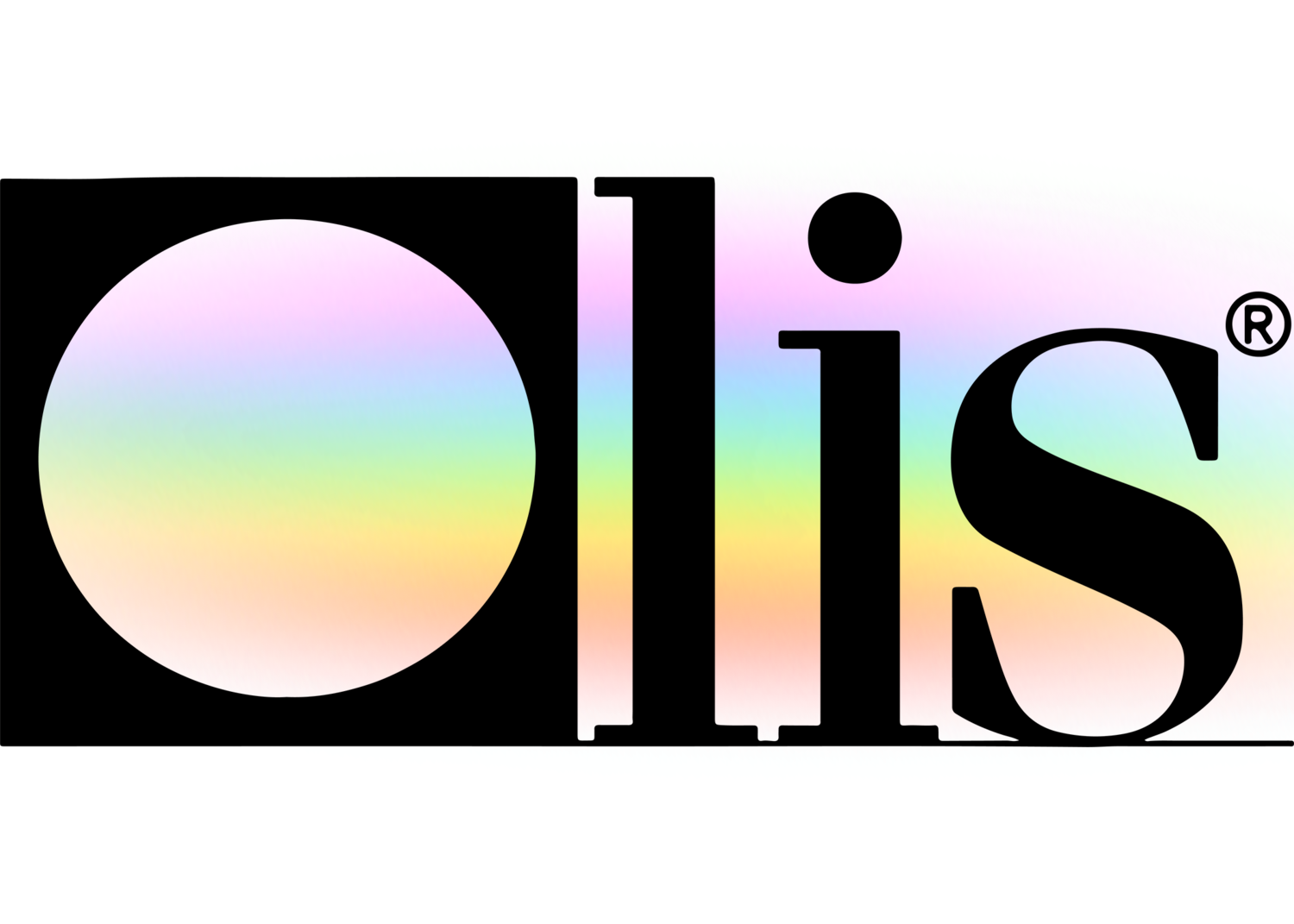The Greatest Guide To Circularly Polarized Luminescence
What Does Uv/vis Do?
Table of ContentsCircularly Polarized Luminescence for DummiesNot known Factual Statements About Spectrophotometers Uv/vis Can Be Fun For AnyoneGet This Report on Uv/vis6 Easy Facts About Spectrophotometers Shown

Spectrophotometry is most commonly applied to ultraviolet, noticeable, and infrared radiation, modern-day spectrophotometers can question broad swaths of the electromagnetic spectrum, including x-ray, ultraviolet, visible, infrared, and/or microwave wavelengths. Spectrophotometry is a tool that depends upon the quantitative analysis of particles depending on how much light is soaked up by colored compounds.
Circular Dichroism Things To Know Before You Buy
A spectrophotometer is frequently utilized for the measurement of transmittance or reflectance of services, transparent or opaque solids, such as polished glass, or gases. Although lots of biochemicals are colored, as in, they absorb noticeable light and for that reason can be measured by colorimetric treatments, even colorless biochemicals can frequently be transformed to colored compounds appropriate for chromogenic color-forming responses to yield compounds suitable for colorimetric analysis.: 65 However, they can likewise be designed to determine the diffusivity on any of the noted light varieties that generally cover around 2002500 nm utilizing different controls and calibrations.
An example of an experiment in which spectrophotometry is utilized is the decision of the equilibrium constant of an option. A specific chain reaction within a solution might happen in a forward and reverse direction, where reactants form products and items break down into reactants. At some point, this chain reaction will reach a point of balance called a stability point.
The smart Trick of Circular Dichroism That Nobody is Discussing
The amount of light that passes through the solution is indicative of the concentration of certain chemicals that do not allow light to go through. The absorption of light is because of the interaction of light with the electronic and vibrational modes of particles. Each kind of molecule has an individual set of energy levels connected with the makeup of its chemical bonds and nuclei and therefore will absorb light of particular wavelengths, or energies, leading to special spectral homes.
They are extensively used in numerous industries including semiconductors, laser and optical production, printing and forensic examination, as well as in laboratories for the study of chemical compounds. Spectrophotometry is typically used in measurements of enzyme activities, decisions of protein concentrations, determinations of enzymatic kinetic constants, and measurements of ligand binding reactions.: 65 Eventually, a spectrophotometer is able to determine, depending on the control or calibration, what compounds are present in a target and precisely how much through computations of observed wavelengths.
Developed by Arnold O. Beckman in 1940 [], the spectrophotometer was produced with the aid of his colleagues at his business National Technical Laboratories established in 1935 which would become Beckman Instrument Company and ultimately Beckman Coulter. This would come as a service to the formerly produced spectrophotometers which were not able to absorb the ultraviolet correctly.
6 Easy Facts About Uv/vis/nir Explained
It would be discovered that this did not give satisfactory results, therefore in Design B, there was a shift from a glass to a quartz prism which enabled much better absorbance outcomes - UV/Vis (https://www.twitch.tv/olisclarity1/about). From there, Model C was born with a change to the wavelength resolution which wound up having 3 systems of it produced
It irradiates the sample with polychromatic light which the sample absorbs depending on its residential or commercial properties. Then it is transmitted back by grating the photodiode range which spots the wavelength region of the spectrum. Ever since, the creation and execution of spectrophotometry devices has increased tremendously and has turned into one of the most innovative instruments of our time.

The Main Principles Of Circular Dichroism
The grating can either be movable or repaired.
In such systems, the grating is fixed and the strength of each wavelength of light is determined by a different detector in the range. In addition, most contemporary mid-infrared spectrophotometers use a Fourier change technique to acquire the spectral information - https://urlscan.io/result/3823bc3a-74b6-4d0f-8f09-522e983b4d26/. This method is called Fourier transform infrared spectroscopy. When making transmission measurements, the spectrophotometer quantitatively compares the fraction of light that travels through a recommendation option and a test option, then electronically compares the strengths of the 2 signals and computes the portion of transmission of the sample compared to the referral requirement.
